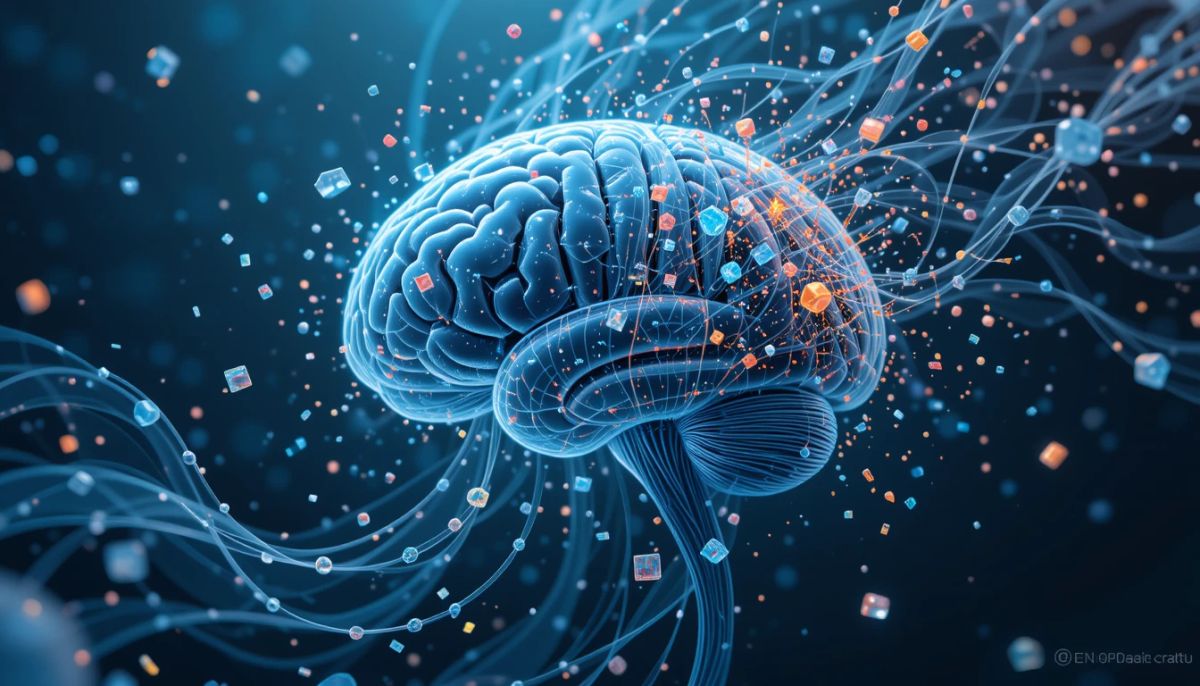In recent years, the pervasive presence of microplastics in our environment has become a growing concern. These tiny plastic particles, often less than 5 millimeters in size, have been detected in various ecosystems and within the human body. Alarmingly, recent studies have revealed that microplastics are accumulating in human brain tissue, raising significant questions about potential health implications.
Understanding Microplastics
Microplastics are small plastic fragments that originate from the breakdown of larger plastic debris or are manufactured as microbeads used in products like cosmetics and cleaning agents. Their minuscule size allows them to infiltrate various environmental compartments, including water sources, soil, and the atmosphere. Consequently, humans are exposed to microplastics through ingestion, inhalation, and dermal contact.
Recent Findings: Microplastics in the Human Brain
A groundbreaking study published in Nature Medicine has provided compelling evidence of microplastic accumulation in human brain tissue. Researchers analyzed brain samples from individuals who had passed away between 1997 and 2024, discovering a significant presence of microplastics, particularly polyethylene—a polymer commonly used in plastic bags and packaging materials. Notably, the concentration of microplastics in the brain was found to be higher than in other organs such as the liver and kidneys.
Mechanisms of Entry: How Do Microplastics Reach the Brain?
The human brain is protected by the blood-brain barrier, a selective permeability shield that prevents harmful substances from entering the central nervous system. However, recent research indicates that microplastics can breach this barrier. One proposed pathway is through the olfactory bulb, where inhaled microplastics may translocate directly from the nasal cavity to the brain. A study published in JAMA Network Open detected microplastics in the human olfactory bulb, supporting this hypothesis.
Potential Health Implications
While the detection of microplastics in the brain is concerning, the full extent of their impact on human health remains under investigation. Preliminary studies have suggested several potential risks:
- Neuroinflammation: Exposure to microplastics may trigger inflammatory responses in brain tissue, potentially leading to neuronal damage.
- Neurodegenerative Diseases: A decrease in glial fibrillary acidic protein (GFAP), associated with early stages of neurodegenerative diseases like Alzheimer's, has been observed in response to microplastic exposure in animal models.
- Cognitive Decline: Animal studies have demonstrated that microplastic exposure can lead to cognitive impairments, including memory deficits and reduced learning capacity.
Factors Influencing Microplastic Accumulation
Several factors may influence the accumulation of microplastics in the human brain:
- Environmental Exposure: Increased environmental pollution has led to higher human exposure to microplastics through air, water, and food sources.
- Age: While some studies suggest that microplastic accumulation does not significantly vary with age, indicating potential expulsion mechanisms, the long-term effects remain uncertain.
- Health Status: Individuals with certain health conditions, such as dementia, have been found to possess higher levels of microplastics in their brain tissue, though causality has not been established.
Mitigation Strategies: Reducing Microplastic Exposure
Given the potential health risks associated with microplastic accumulation, it is prudent to adopt strategies aimed at minimizing exposure:
- Environmental Policies: Implementing stricter regulations on plastic production and waste management can reduce environmental contamination.
- Personal Practices: Individuals can take proactive steps, such as:
- Choosing Alternatives: Opting for products made from natural materials instead of plastics.
- Proper Disposal: Ensuring plastic waste is disposed of correctly to prevent environmental contamination.
- Advocacy: Supporting policies and initiatives aimed at reducing plastic pollution.
Conclusion
The rising levels of microplastics in human brain tissue underscore the urgent need for comprehensive research to elucidate their health implications. While definitive conclusions are yet to be drawn, the precautionary principle suggests that both individual actions and collective policies should aim to reduce microplastic exposure. By addressing this emerging concern proactively, we can better safeguard public health and preserve environmental integrity for future generations.
